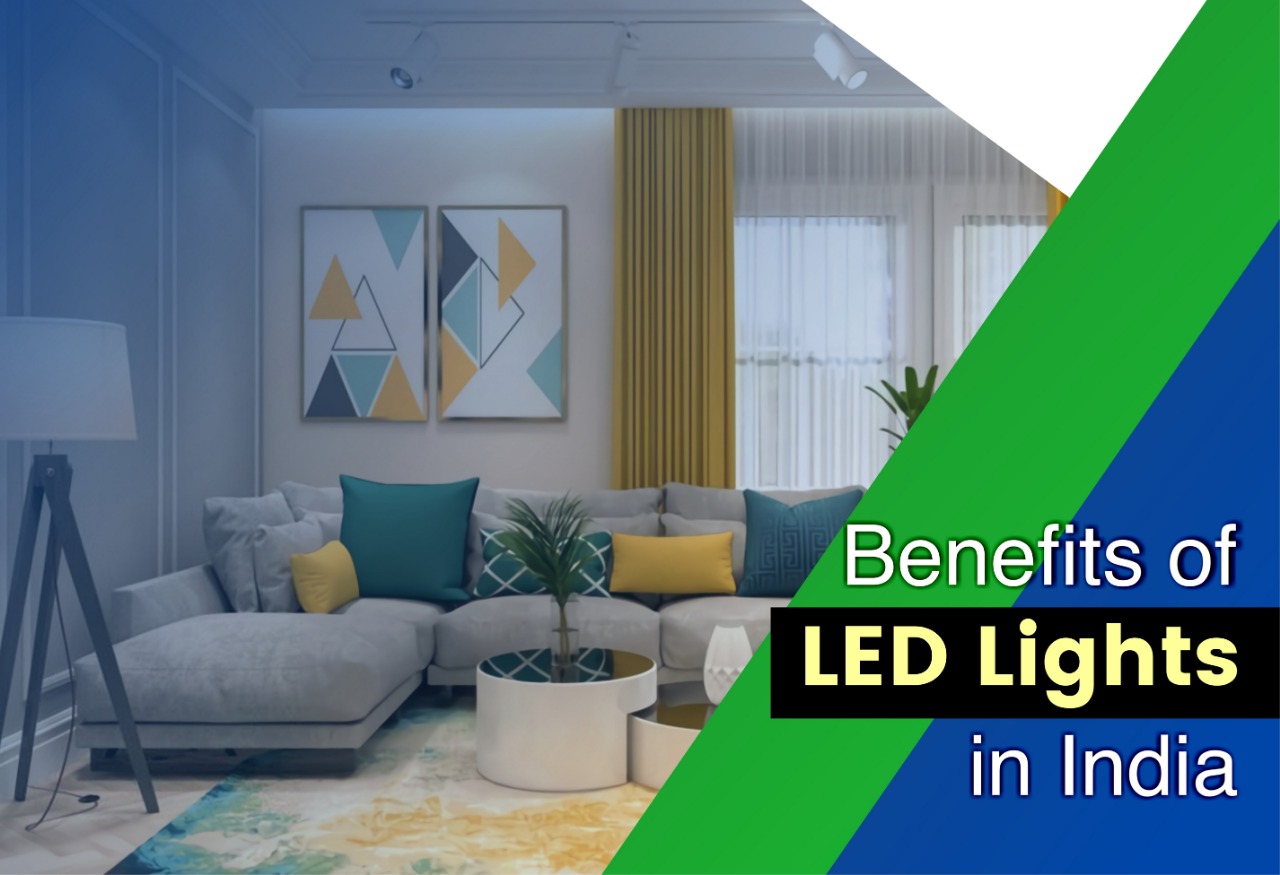
Switching to LED Lighting: the Health, Financial and Environmental Benefits
LED efficiency is approximately 70% more elevated than conventional incandescent bulbs, allowing lower electricity bills. And as 20% of the world’s electricity drives towards our lighting, their lower carbon impression makes them an essential aspect in the battle against weather transformation.
There are several practical benefits of LEDs too, including their protracted functional life, which helps minimize the maintenance expenses for your house or firm. And contrary to the mythologies, LEDs can be more luminous than traditional lights, and they reach full light intensity instantly, instead of taking time to warm-up. All of these health-related, financial, and environmental advantages have been comprehended since the creation of the LED itself. But what’s forming to come to the concentration of scientists are the innumerous health concessions also associated with LEDs, and the impact that these can have on individual well-being both at and at work and home.
Health benefits of LED lights
1. LEDs help align the circadian rhythm.
Eliminating a person’s exposure to daylight and the temporal cues it provides can have consequences on their circadian rhythm. Lighting with certain blue wavelengths is known to suppress the production of melatonin, a natural hormone that helps us relax and fall asleep. Reduced melatonin leads to heightened alertness and can potentially increase productivity, though extended suppression will also make it more difficult to fall asleep and can upset normal sleep patterns. This suppression happens naturally in response to sunlight exposure. Sunlight comprises a greater amount of blue wavelength light during the central part of each day, which also leads to higher levels of alertness.
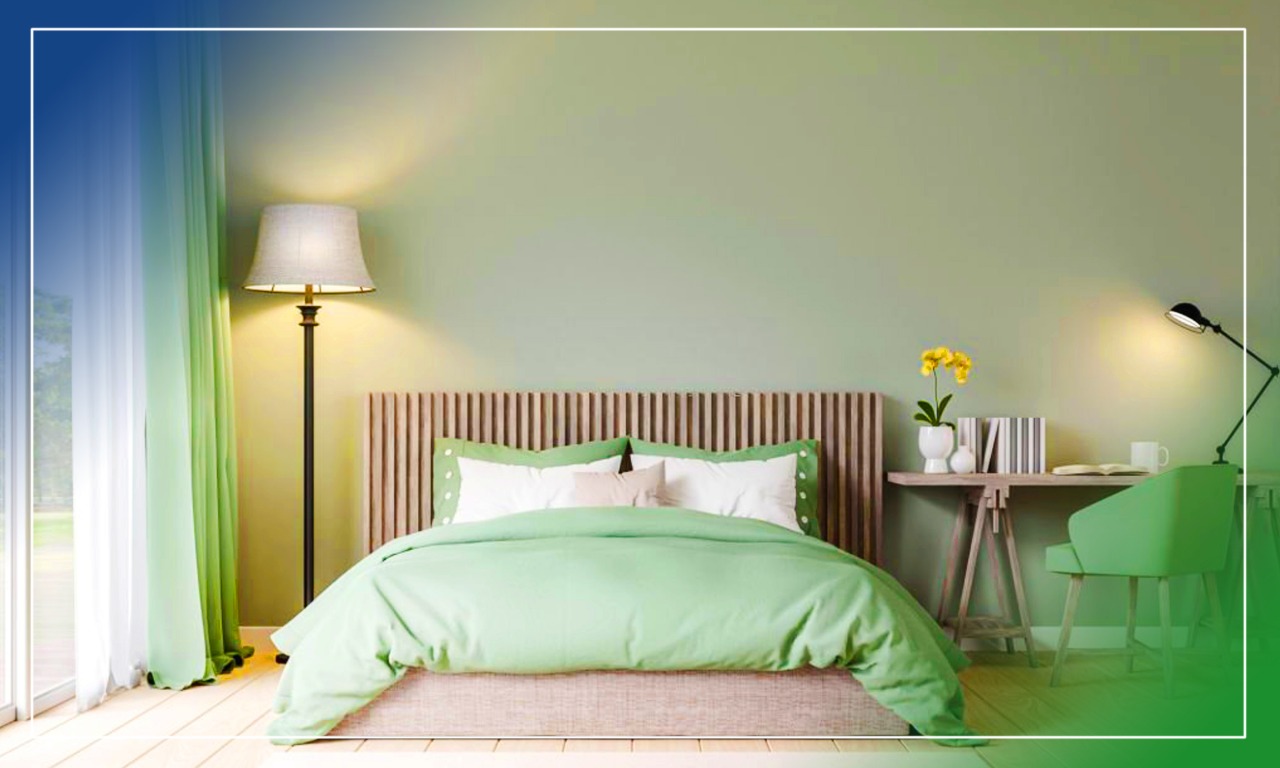
2. LEDs help decrease headaches.
Migraine and headache symptoms can vary from person to person, but light sensitivity is a common issue. For those who suffer from headaches and migraines, problems such as flickering fluorescent bulbs and a lack of appropriate task lighting can cause devastating side effects.
Proper lighting design and LED technology can help create a better environment for people who are prone to headaches. LEDs paired with lighting controls can provide the ability to customize and set individual light levels in order to help improve comfort levels and confront light sensitivity. This can be beneficial for anyone but especially for those who suffer from headaches and migraines.

3. LEDs increase productivity and learning performance.
Unpleasant flickering and brightness from overhead fluorescent lights can be a common occurrence in the classroom setting. Prioritizing lighting in educational building design, including proper light sources, levels, and color temperatures, supports wellness. In addition, modern LED technology produces less heat and can
help regulate facility temperature and lower lighting fixture count while reducing the need for overhead lighting. When LEDs are applied in a learning environment, research suggests that learning performance is increased due to these reasons.
Financial Benefits

LEDs offer homeowners and corporations a considerable return on their investment. According to statistics, green outdoor lighting uses 75% less energy. For starters, they use less energy compared to fluorescent and incandescent bulbs. This means that, ultimately, your energy bills will be reduced. As they are quite durable, you do not need to replace LEDs as often as you would conventional bulbs. LED bulbs emit much less heat compared to conventional bulbs, thus reducing your air conditioning costs.

LED lighting contributes to energy savings and sustainability by improving working conditions through deliberately directed light and lowering the energy needed to power lighting fixtures. LED lighting also dramatically lowers costs, an important asset for public building projects, by out-living previous solutions and lasting for many years beyond traditional lighting fixtures. In public building management, like any facility management or building upkeep, time is money, and because changing LED fixtures happens far less often than usual traditional lighting, public building management will spend less time on the ladder changing bulbs and more time devoted to other pressing needs.
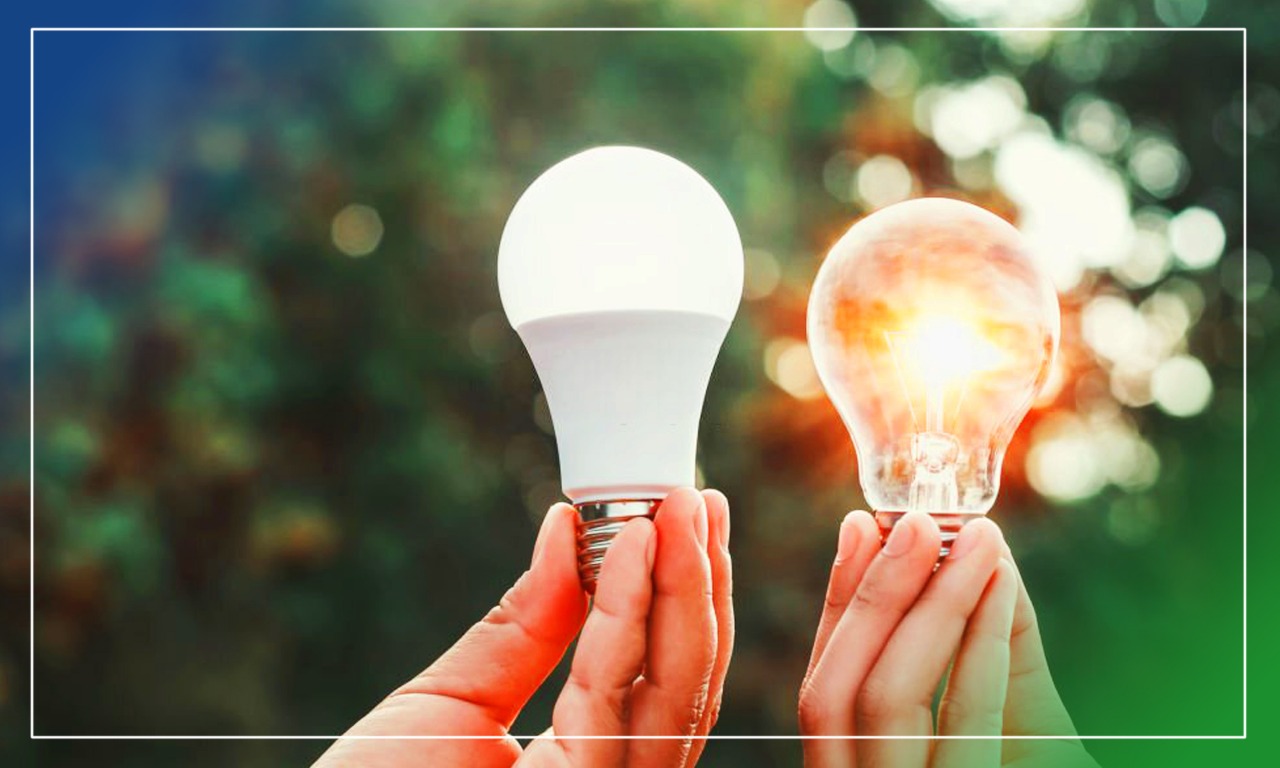
The initial cost of an LED retrofit can frighten off the most dedicated user of green technology, but luckily, this cost pays itself back within five years of installation, if not sooner, for LED fixtures and bulbs can last for ten years, if not more. This impressive ROI means that a little initial planning for a greater initial cost results in future financial and sustainable benefits down the road. LED lighting is a positive addition for any facility, including public buildings.
Environmental benefits
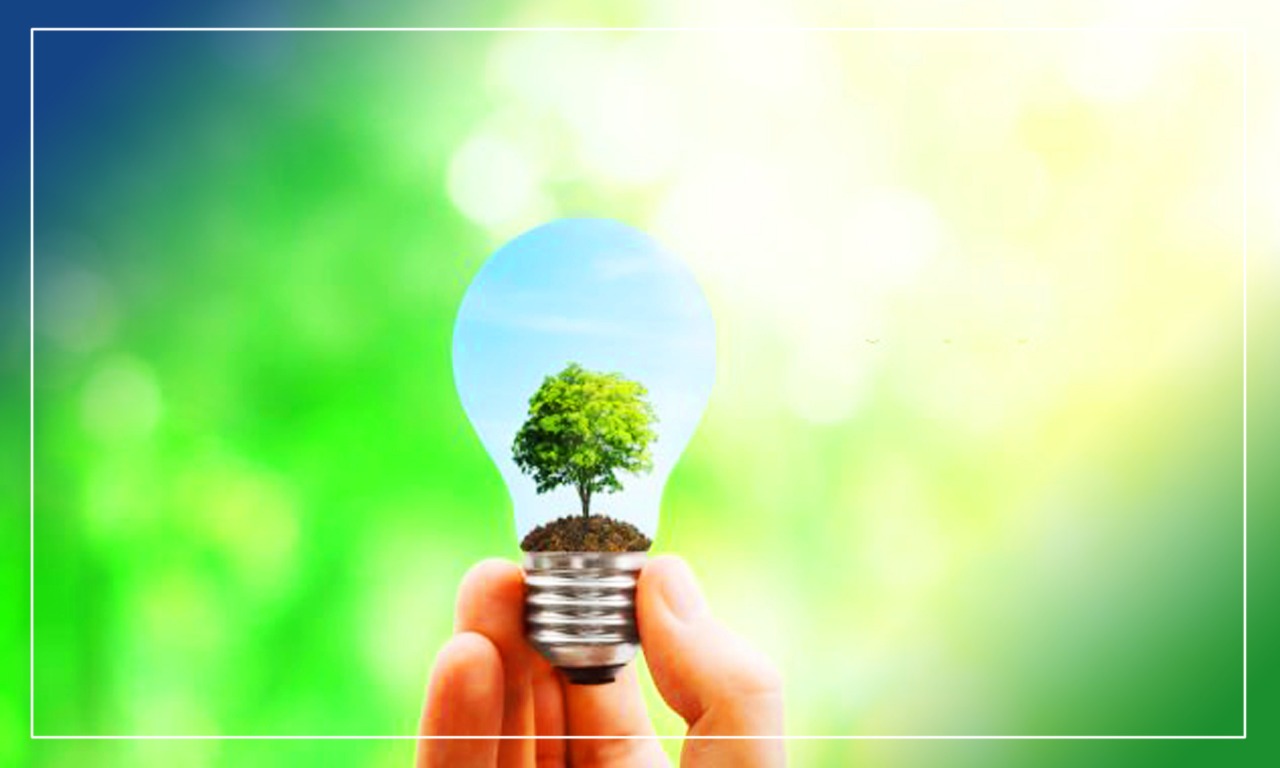
Because LED lighting can be dimmed without affecting the life of the fixtures, lights that are frequently switched on and off experience no negative consequences. This is especially useful in applications with sensors where the fixture can be shut off when the area is not in use. Lights can also be dimmed when outside light is measured to be maintaining light levels, therefore saving energy in the process. These features are often particularly helpful in public building lighting design. A well-designed fixture can also retain 90 percent of its initial output after 70,000 hours, which is nearly twice the life of “long-life” fluorescent sources. Fewer fixtures will be required overtime, which means the longer lifecycle does not pose environmental problems, and, unlike traditional lighting choices, LEDs do not contain hazardous materials, further improving the green initiative in a building.
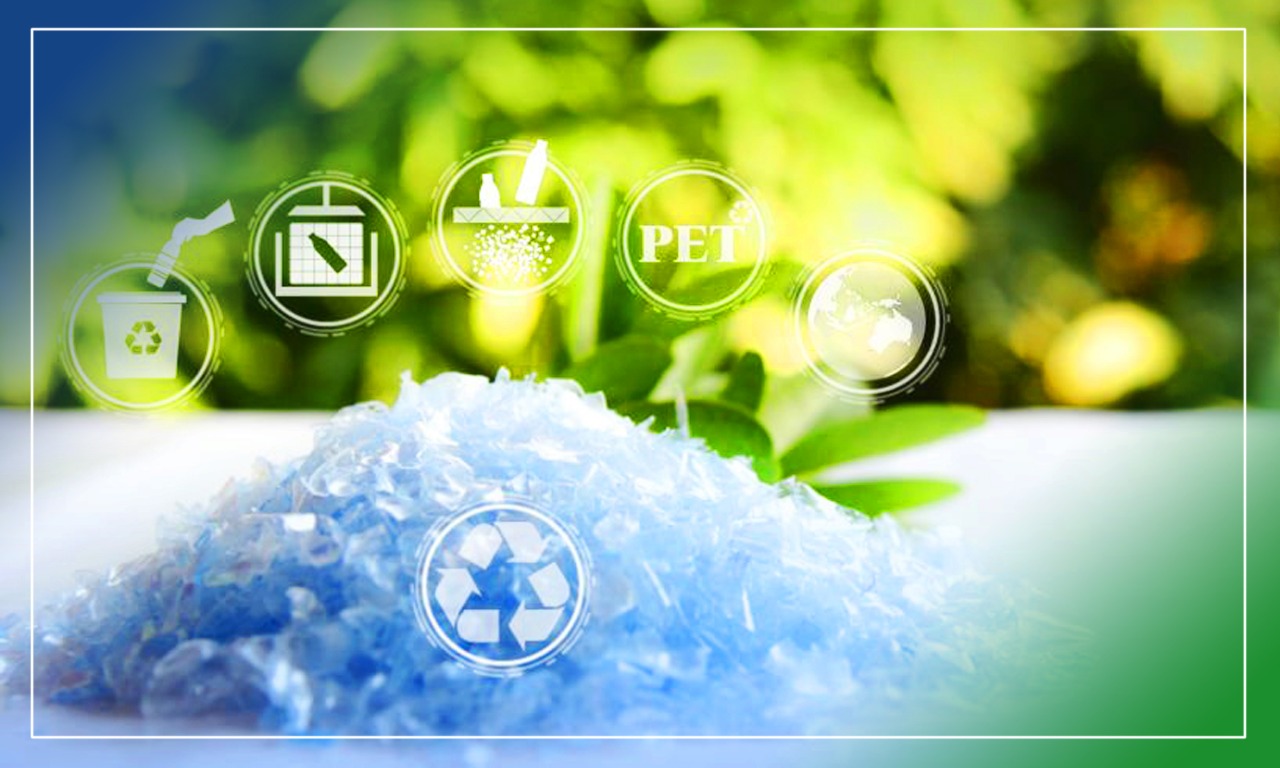
LED lighting can work in very chilly temperatures, in fact performing better when temperatures are low but can work in hot temperatures as well. Most LED fixtures possess the ability to work in temperatures ranging up to 135o F as well as applications well below freezing, making them flexible for use in many buildings’ environments. This ability of LEDs to function well in cold environments makes them ideal for freezer applications where traditional lighting solutions have needed special technologies added to continue to perform properly. Besides these temperature benefits, LEDs in this cooler environment can see extended life and increased savings versus other fixture technologies due to the fact that they can be cycled on and off quickly, such as when occupancy sensors are installed, with no effect on the LEDs performance due to temperature.